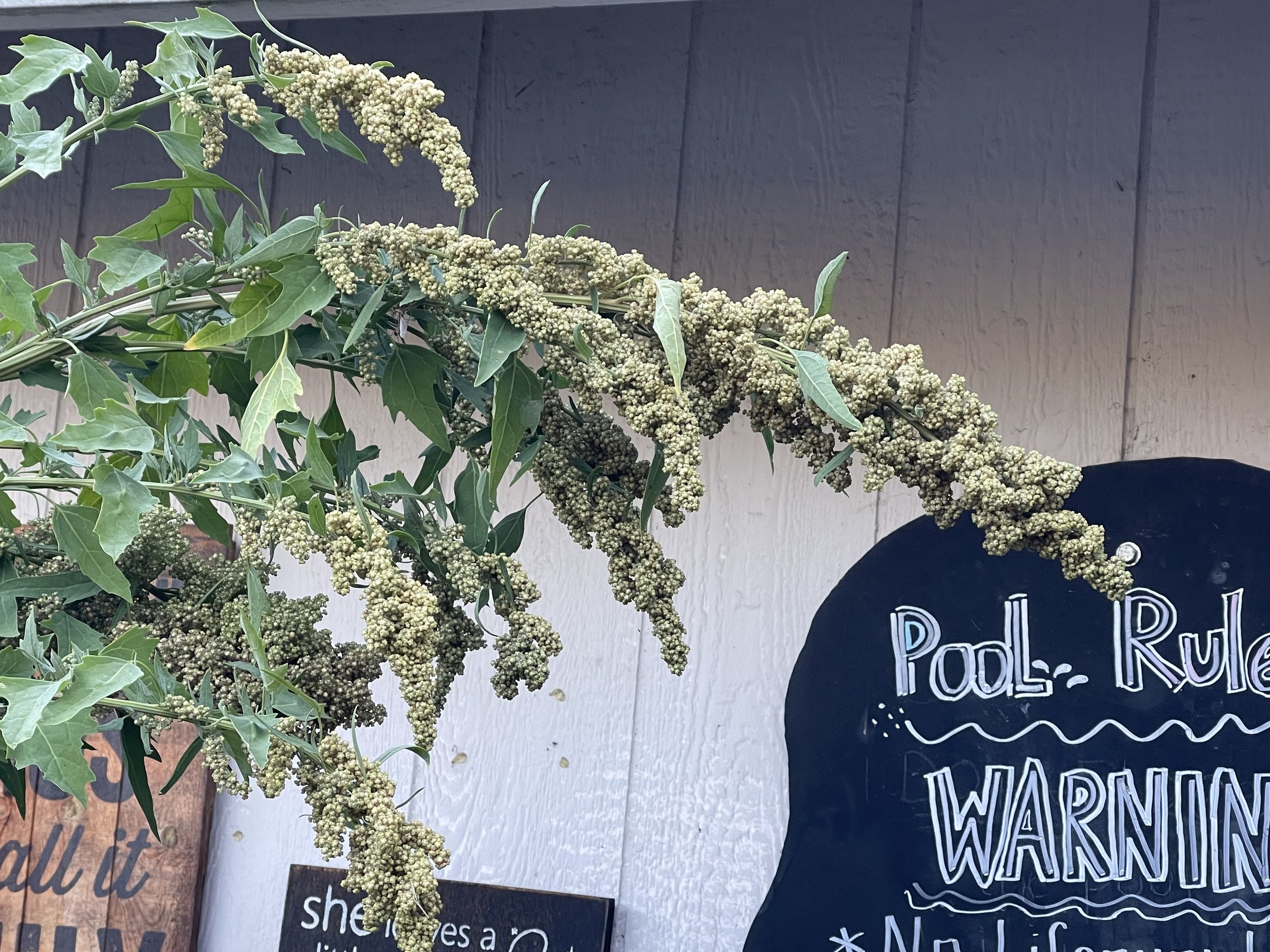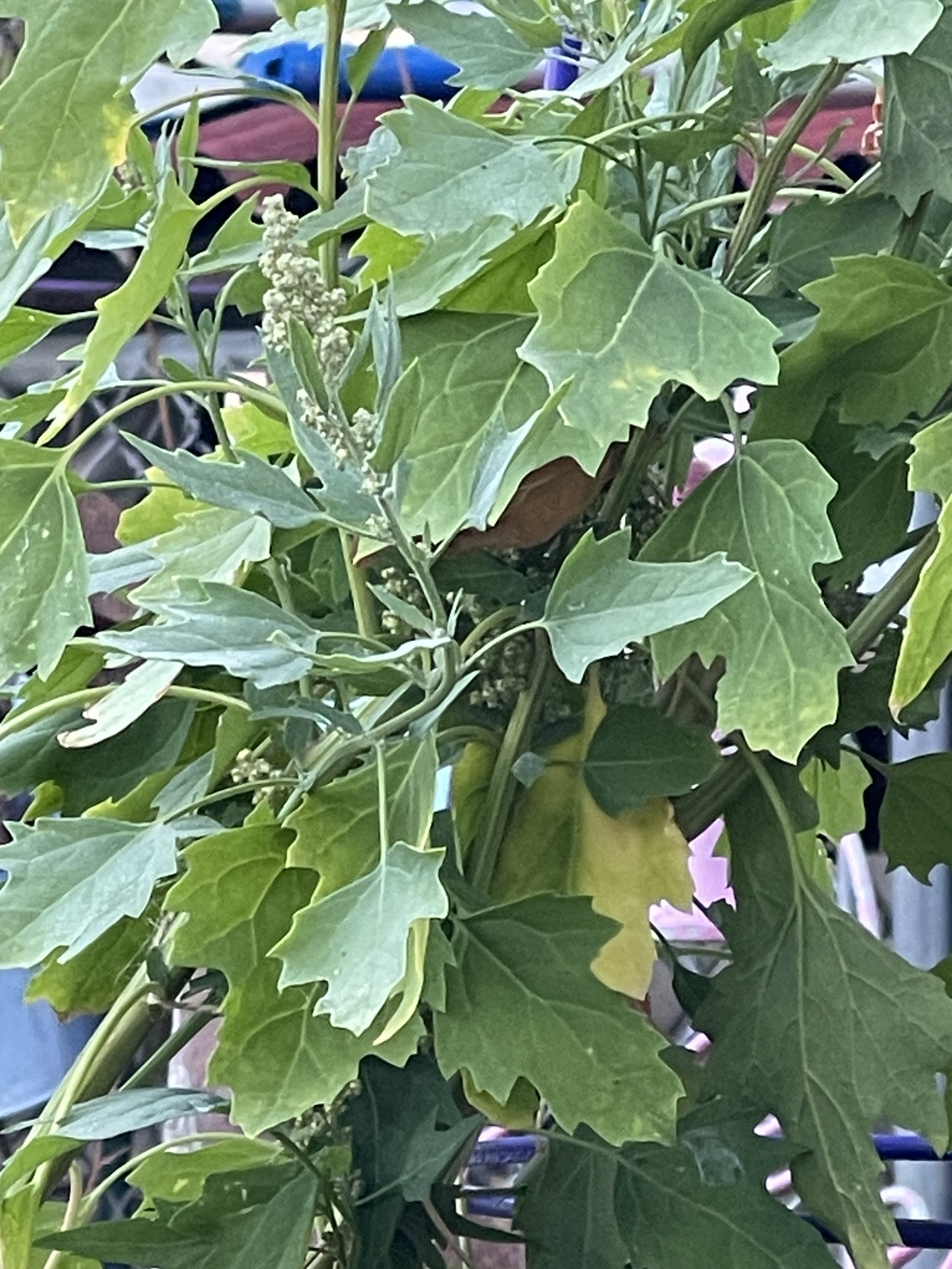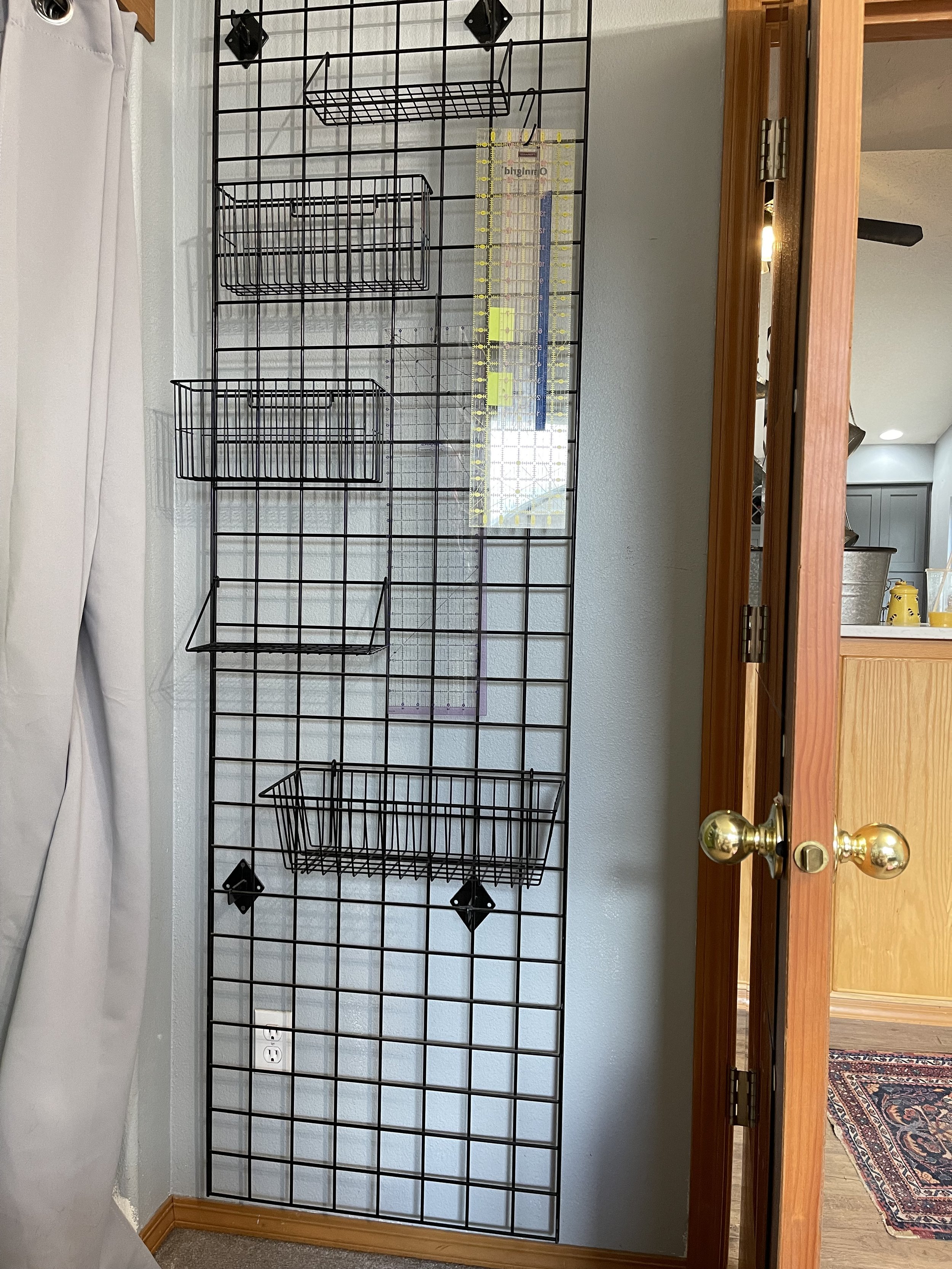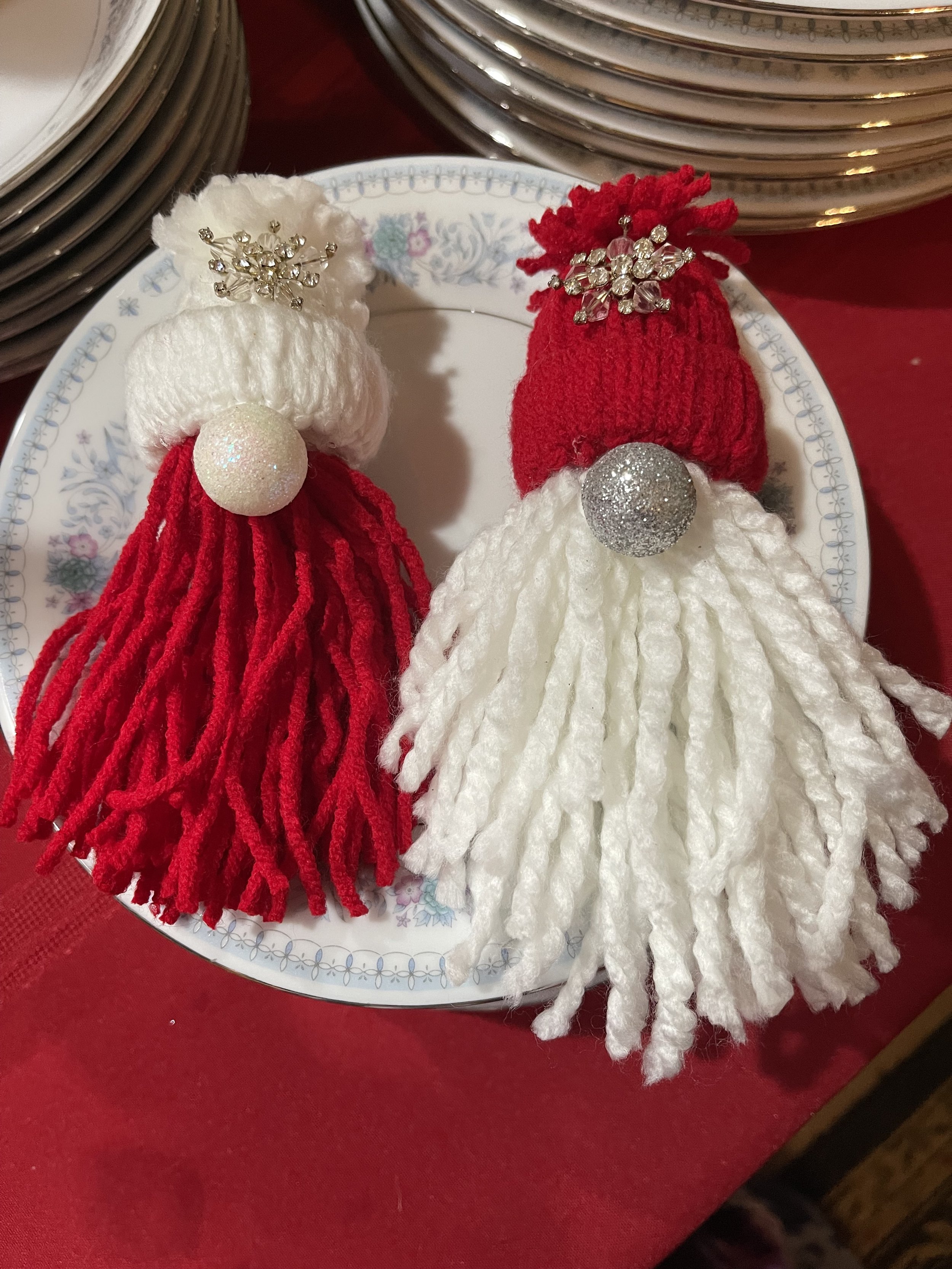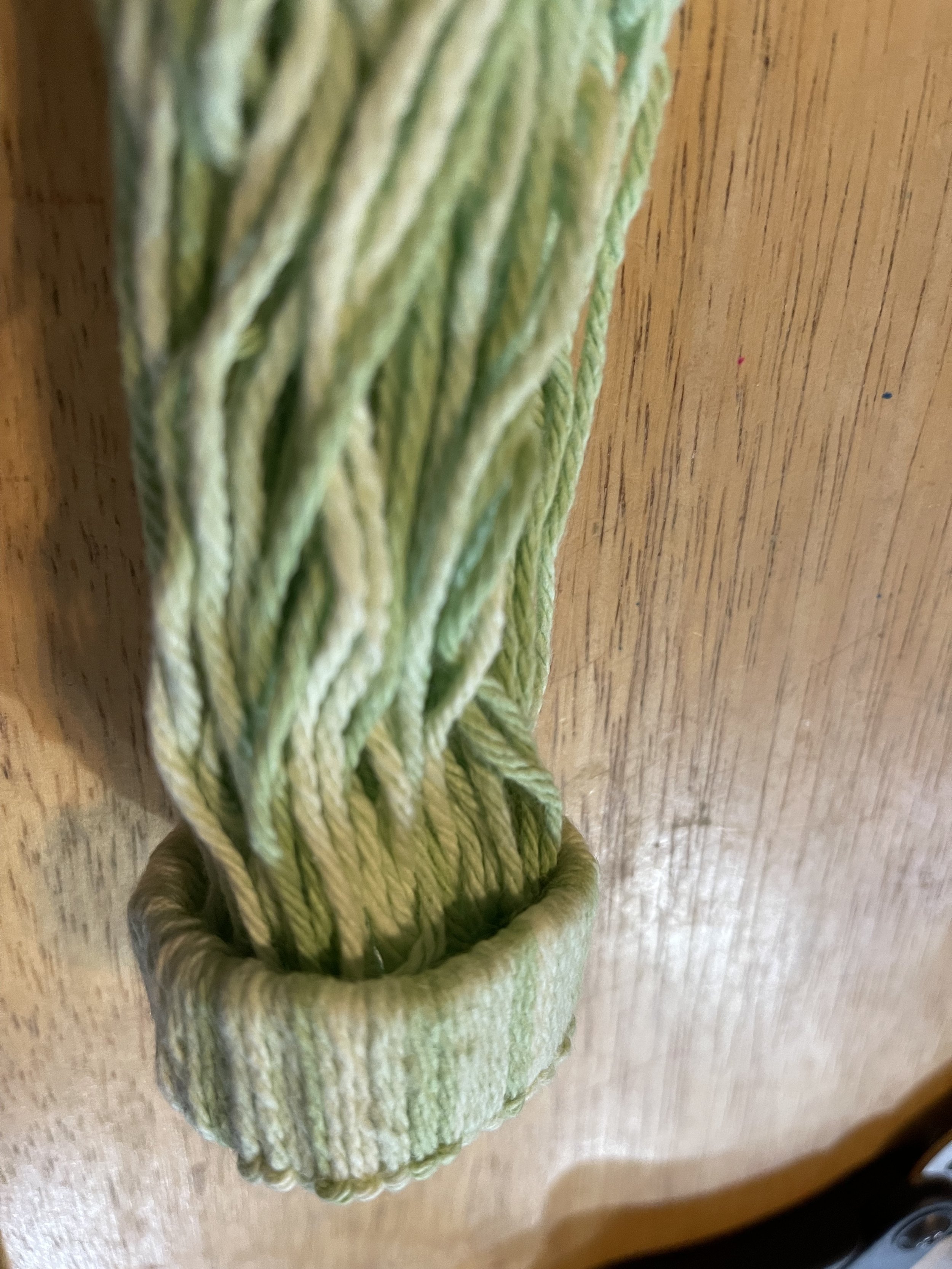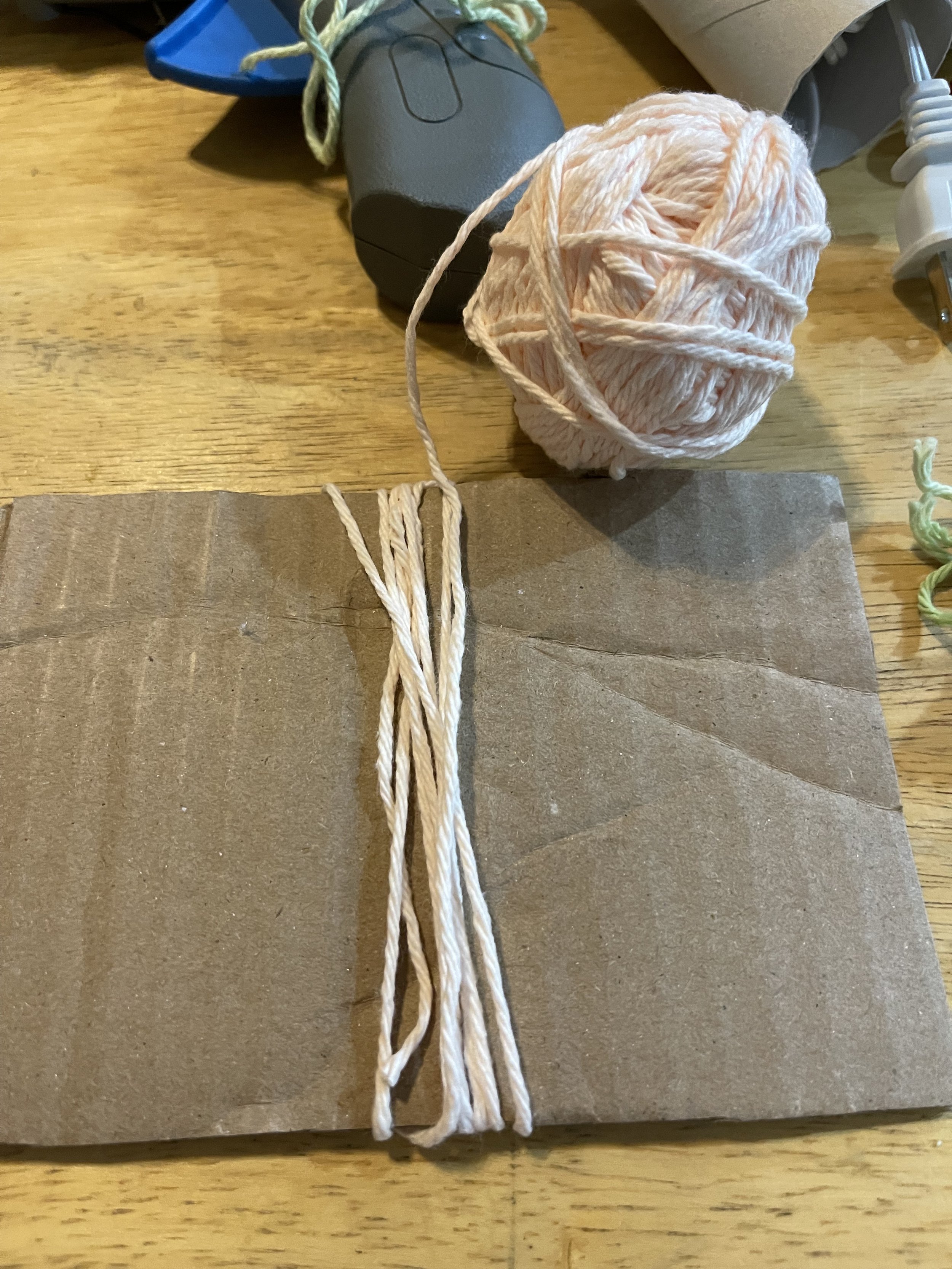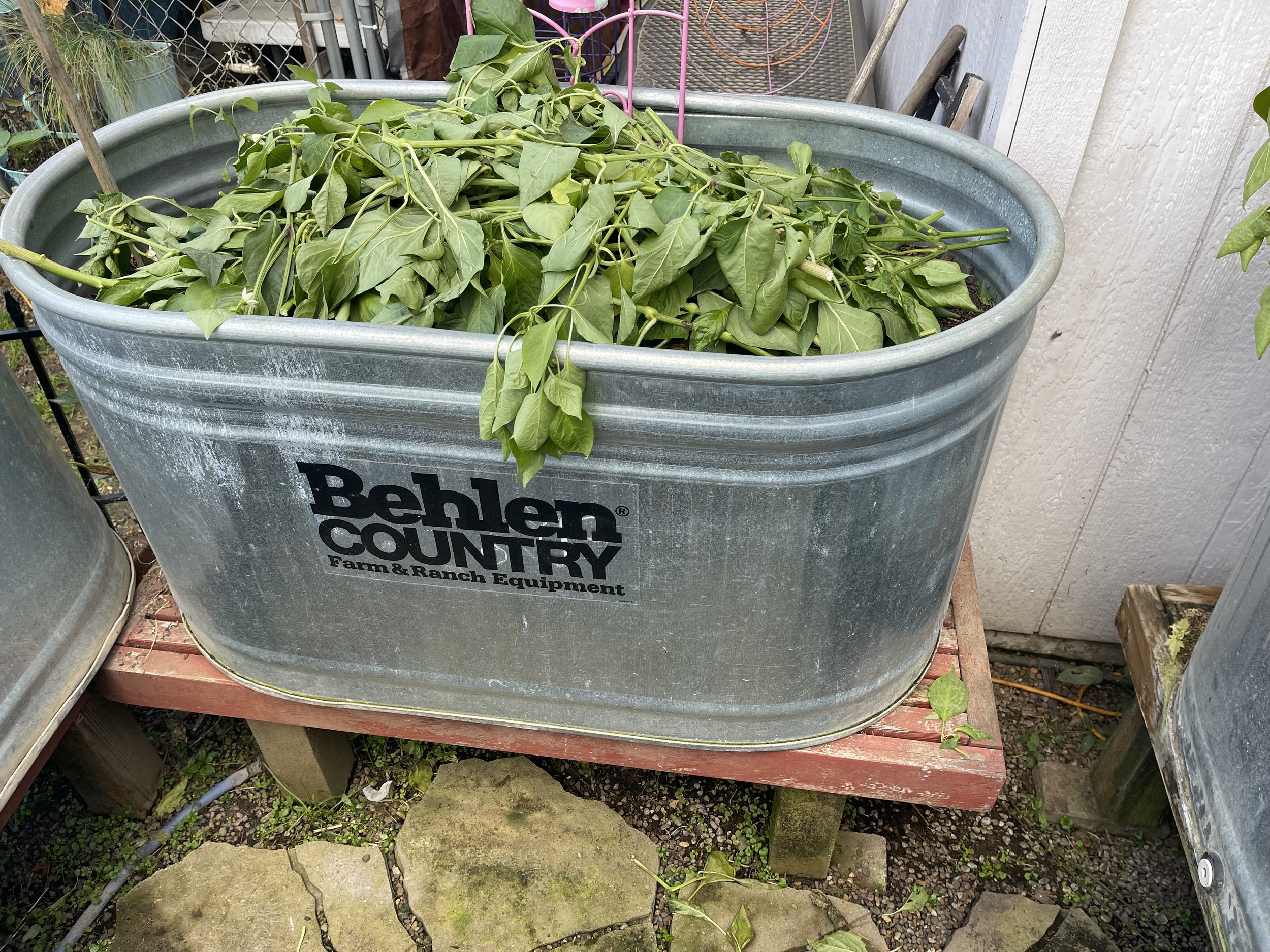I was with my life partner, a man named Mike, when my last experience occurred while Mike was away at work. Swarming season, I have come to learn, is early April to very early May and this swarm had perfect timing. The Queen must have been in our Vine Maple Tree and the hive had followed her. . . or so I thought. Yet I stood amongst the unaggressive bees as they walked around or over my feet, landing and taking off from my unprotected skin and hair. Their curiosity met, they headed toward a large tree branch high overhead. It was mesmerizing, hypnotic even. I could not wait to tell Mike when he had a break at work.
As soon as he was able to chat, I shared my experience, he shared stories. I didn’t ask a lot of questions but I did learn they swarm without the queen. Over the last 3 years, we’ve spoke about bees every now and again, usually the same information to my same asked questions and had some quick learning in there two when we spotted a honey bee now and again. I don’t remember the exact moment a deeper conversation about honey bees became more important to both Mike and I but I know it was sometime last spring. In a world where chemicals and genetically modified foods are prevalent, growing our own food and sustainability is important to us. Clean organic growing, harvesting and eat is a priority.
One day, Mike and I were talking about his beekeeping days and I told him I would like to invite a colony to live in our garden. He assured me that when he was out in the country it made sense to have a couple of hives but here “in town” was not an idea we should probably entertain. My first thought was “wait. . . what. . . why????” He made some great points about not wanting to cause problems for the neighbors, etc so I didn’t push it further. I knew that our garden full of veggies, herbs, spices and fruit was enough to bring in the bees from the surrounding farms to be fertilized but I also knew that all of our neighbors grow large gardens so bees would be a benefit. . . still I just let the idea ride.
Fast forward to January 2023 when we take a trip to our favorite safe space in beautiful Central Oregon. We always take a week during the beginning of the year to plan our goals for the year. Most of our goals were discussions about home repairs needed if any, our backyard farm improvements such as better companion planting, improving a couple of spaces that are in old planter boxes that are falling apart and in need of replacing. Pretty much our immediate goals were minimal at best. We give ourselves 6 spaces for immediate needs. 3 usually are longer term immediate needs.
We each pick a need to put on the list and one that is mutually agreed upon to add to our list. We also shared why we had said need to add the item and its importance. Our mutual need was an increase in our flock of chickens from 1 to 8. We need the eggs since we have one chicken who is freeloading, we need eggs and enough to share with others. We agreed is was important addition to our backyard farm as it will benefit us and others. I shared us needing the addition of a Freeze Dryer as another way to preserve our meals, fruits, veggies and other deliciousnesses. We’ve researched and discussed the possibility of getting one for 2 years now and after last years harvests, it’s needed. Mike’s need was to add two colonies of bees to our backyard farm for many,MANY reasons that covered both use nutritionally and medicinally, not to mention the help to save them bees from extinction. He agreed that the neighbors will benefit as well. He stated that the legalities have been researched, we are fully equipped, which I did not know, and we are good to start this spring.
I had not known that Mike had been doing research on the legalities for months. I didn’t not even begin to know his vast knowledge of bees, nurturing them and raising them so they thrive and change our lives in ways I had never even thought about. He hadn’t been reading up on bees. He hadn’t been googling what to do or how to do. it He KNOWS. He is an expert who never really dove into the nitty gritty of working with these gorgeous givers of life. He learned by doing. He learned by experiences as well as some book knowledge. As he spoke he was suddenly, I realized, a walking Encyclopedia or Wikipedia of deep knowledge on everything honey bee. Incredible information about bees in general and all gain information combined together with years and years of experience. I was blown away and excited that Bees were on our ‘immediate’ list and they were going to be nurtured by such an incredible human.
Mike started to share his experiences with me in a manner I had never heard from him before. He was so joyful, passionate while using his words that flowed easily with information as fluid as a gently flowing stream. Beautiful, interesting, captivating. I suddenly yelled “STOP! I mean, WAIT! I mean, can I interview you for my blog???” This usually shy man said “Yes.”
I had heard people speak about bees and beekeeping before but, they were monotoned, not emotion. Quite frankly it was like listening to a book being read that had a pointless plot. They may have enjoyed bees but they did not embody that passion. Mike passion for bees was oozing from him as he sat chatting across the coffee table from me. Mike was awakening his need to be with his bees again and I was being presented another opportunity to walk amongst them. How cool is that?!
I have to say that I thought bees were only important for pollination. I thought they were hatched and flew out immediately filling their little selves with pollen, nectar, taking it back to a hive somewhere, making a deposit and repeating it all until there was a comb full of golden honey one could put in a jar. Oh boy have I gotten an education about bees, types of bees, it’s job and it’s life cycle. It’s exciting!! Part one of this blog has turned into the background of becoming a true keeper of bees. Welcome to Part One of my interview with an quiet Expert BeeKeeper, named Mike.
Mike lived on a farm in an old ramshackled farmhouse in Independence, Oregon for 14 years. The home was built on stilts because the Willamette River sometimes flooded during the rainy season and the acres of surrounding farmland became part of said river. During those times Mike said he would use his inflatable raft to get around the property as it was an opportunity to have fun. His years there brought many opportunities to learn and grow his knowledge about farming, including beekeeping which quickly became a passion.
Mike’s first empty hive was found under his home, left by the previous inhabitant. To him it was like getting an unexpected Christmas gift of sorts. He had never come across an empty brood box or even touched one before but here it was, already igniting a spark in Mike’s soul. Off he went to the Brook’s Farm Store actually looking for a food dehydrator but curiously look if they had any Bee Raising information. He got the dehydrator -which still works - but he also left the store with a couple books about bees and a catalog of beekeeping equipment to purchase needs. He was ready! He had an empty hive and a smoker to begin with. No veil, no gloves, nothing but he was ready to start his bee adventure.
His first colony was found in an old pumphouse. He knew they were honey bees because he could see them darting in and out of the structure, but he had no idea what kind of honey bee they were. Didn’t much care either. Fascinated by the activity in the roofless, useless old pumphouse, he decided that he would name this hive THE SIX HOUR PUMPHOUSE HIVE.” It took him 6 hours to get the bees out of there and into the new hive. 1987 was the year of his first ‘capture,’ and still ill-equipped to properly move the bees, Mike wore a ‘protective’ suit that consisted of socks and boots on his feet, blue jeans, a thick down coat while over his head he wore a white cannery hat with a window screen kept together with a large rubber band. His coat collar covered the screen at the neckline. His gloves he wore an old pair of leather wood stacking pair. I wish I had a picture!
Armed with his smoker and the empty brood box (hive) he, without knowledge of what he was doing, used the smoker to slowly remove the pumphouse bees. He removed the siding of the structure using a crowbar, then smoking the bees, calming them. He then would cut sections of honeycomb with a knife, placing each cut section in the frames tying the pieces to the frame with twine. Smoking the bees made them easy to remove but as soon as the smoke dissipated, the bees flew out of the new hive and returned to the pumphouse where deep inside was their queen. Eventually, with in the 6 hours, Mike somehow unknowingly found the queen and brushed her inside the new hive because the rest of the hive followed her into their new home and stayed.
Over the next several days, Mike was only able to move the new hive 3 feet per day toward his home, about 100 yards. This is done so the colony could learn to trust that this new hive was their new home. According to Mike, you can either move the colony’s new hive 3 feet per day from their old space or 3 miles at one time. The distance is important as the bees need to remember where the new home is which helps them adjust to their new surroundings that isn’t far away. If you have to move them far from where you captured them, it needs to be 3 miles or further, so they can adjust right away without the distraction of their old home.
Over the years Mike built, raised, nurtured and loved 14 colonies of productive bees. They were all captured wild colonies or swarms. He found them in trees, a barn, in the ceiling of an abandoned hop dryer, (his most dangerous adventure,) and other long forgotten farm buildings. His colonies were strong and his knowledge of caring for these beautiful creatures grew as well. He made sure they were safe and healthy throughout all seasons.
Mike shared a story of one dark early morning, when there was a knock on door with the farmer warning him of the crop dusting to be done when the sun came up. The farmer offered another safer field to take his bees to for awhile. Out the door Mike went putting his hives into the back of his pickup truck for the move 3 miles away. Successful in his move of the hives, they stayed in their new spot until he got the “All Clear,” to move the hives home.
To end part one of this beekeeping adventure, I would like to share this: From a very young age, Mike had a connection to the bees he gingerly played with in the grass of his home. He allowed them to crawl on him, fly around him and when they landed, he had conversations with them, assuring the bees they were safe. When he found that empty beehive under his home in the country as an adult, those memories rushed back to him and he was compelled to share his life once again with the honey bee. The hive you will see in the picture below were patterned from the empty hive found under the house. Mike build 14 hives from scratch but saved only two from his adventures on the farm. Buying his new home was the priority so he cleaned his now 40 year old hives and equipment placing them up in his attic.
Mike has been bringing down from the attic treasure after treasure from his beekeeping days. The equipment is well preserved and in great shape including the sheets of what is called ‘foundation.’ In the next blog, he will be sharing with us more in depth information about the equipment and I’m sure, more stories. With beekeeping becoming an expensive ‘hobby,’ we are fortunate to need nothing for him to begin again. Two hives in tact, we will be using the well built and preserved boxes for two colonies. His hope is that we acquire the colonies during swarming season but in case we don’t, Mike reserved one in that will come from a local farm. The two hives we will use, Mike named for the colonies they once held and the locations they were found all those years ago. What are they named? The first hive is “THE SIX HOUR PUMPHOUSE” and the second, “THE KEEP OUT BUILDING” which is another story! I am beyond excited to share with you more of Mike’s stories and expertise getting into the nitty gritty of beekeeping/nurturing starting in the next blog on Monday!!!

